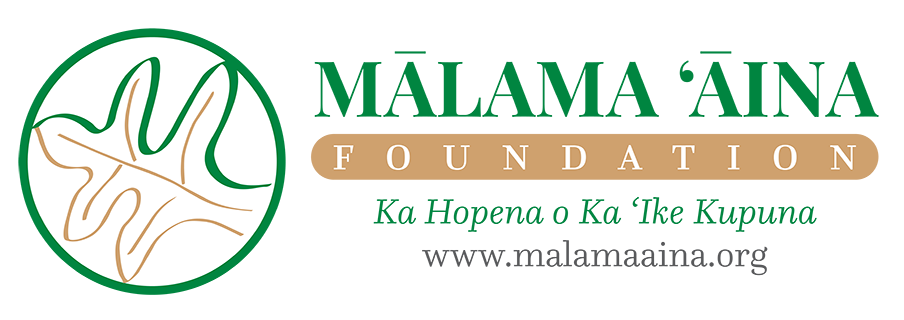Trauma-Informed Care
Building Resilient Communities
What is Trauma-Informed Care (TIC)?
Trauma-informed care assumes and recognizes that an individual and/or community is more likely to have a history of trauma. There are four key elements of trauma-informed care:
The realization of trauma. Trauma is relevant to the individual experience. What is traumatizing for one individual or community may not be experienced by other individuals or members of that community.
Recognize the signs and symptoms of trauma.
Responds by integrating knowledge about trauma into policies, procedures, and practices.
Resists the re-traumatization of an individual.
Principles of Trauma-Informed Care
The Mālama ʻĀina Foundation is committed to creating and implementing TIC programming that observes the CDC and SAMSHA “Six Guiding Principles to a Trauma-Informed Approach”:
Safety
Trustworthiness & transparency
Peer support
Collaboration & mutuality
Empowerment & choice
Cultural, historical and gender issues
Protective Factors
Protective factors are conditions or attributes in individuals, families, communities, or the larger society that help people deal more effectively with stressful events and mitigate or eliminate risk in families and communities.
Protective factors can mitigate the effects of a traumatized individual and prevent future Adverse Childhood Experiences (ACEs).
The protective factors that the Mālama ʻĀina Foundation is committed to are:
Social connections (Mahope Afterschool Program)
Parental resilience (Community-based TIC workshops)
Knowledge of parenting & child development (School-based and community-based workshops and communication)
Concrete supports in times of need (food distribution)
Social and emotional competence of children (Mahope program deliveries)
At WAIĀHOLE LOKO IʻA, haumāna participate in a safe, trauma-informed learning environment with adults. Through service learning at the loko i‘a, they connect to community and culture, which are supporting factors for wellness and resilience.
Resources
For more information and resources on TIC, visit these websites:
All smiles are on display after an enjoyable education day. The MAF team collaborates across sites and areas of expertise to support the education and wellness of youth.
MAF students participate in service learning at KA’Ū - KA’ALĀIKI LOKO I’A. They learn how to care for the loko i’a, its unique ecosystem, and its historical role in food sustainability for early Hawaiians.
Trauma-Informed Places
Trauma-Informed places are a vital part in helping the community evolve and grow together. Giving kids counseling and guidance will provide a strong foundation into the real world.
Empower the ahapua'a (local communities) in their wellness and resilience efforts by creating TIC/Wellness communities of practice. Communities of practice include individuals such as cultural practitioners, educators, therapists, and social workers committed to community wellness, resilience, and TIC practices.
Culture-Based Learning
Creating trauma-informed and responsive work sites involves working together as a community to provide mindfulness, understanding, and communication between everyone.
Community-based programming will allow kids and adults to share their thoughts and experience to one another. Providing a trauma-free, safe place gives every person the chance to open up and share their unique experience.
Health & Wellness
Building program sustainability by exploring organizational design, succession planning, and diversified funding sources. Creating project sustainability for each site will allow the younger generation to understand the importance of taking care of the ʻāina. Sustainability in Hawai‘i will allow every person to be involved and to be inspire to maintain projects.




